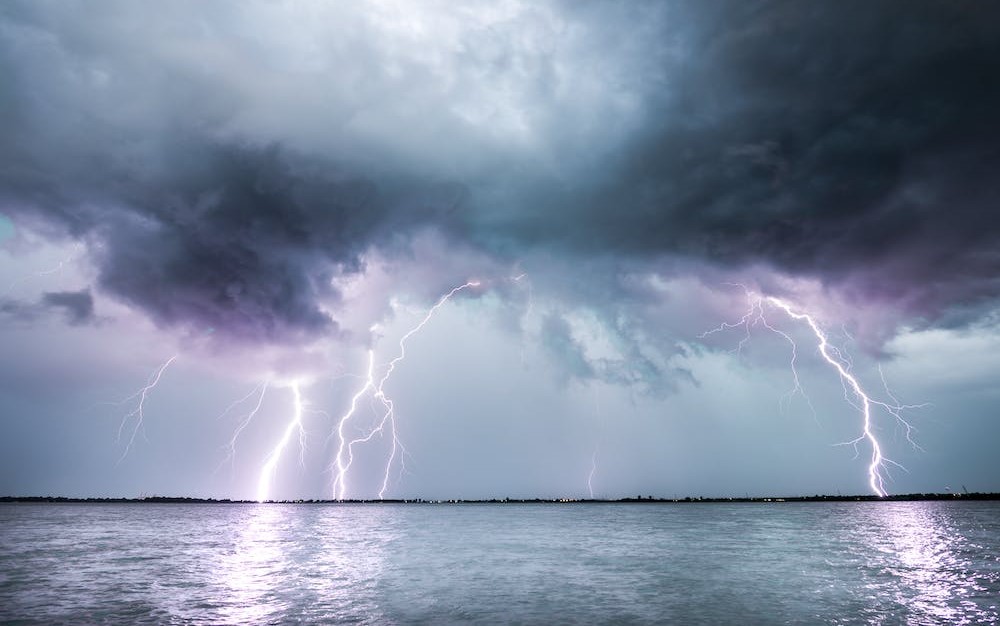
A strong laser can attract a lightning bolt and redirect its path across the sky. It’s not the first time researchers have used lasers to control electricity, but this is the first time the approach has been shown to operate in real storms. Researchers published the results of a mountaintop experiment in Nature Photonics on January 16th.
The lightning rod, a meter-long metal pole anchored to the ground, is the most common anti-lightning device used today. As a result of the metal’s high conductivity, lightning that might have otherwise struck adjacent structures or people is instead securely channeled into the earth. Nonetheless, lightning rods also have their limitations.
“If you want to protect some large infrastructure, like an airport or a launching pad for rockets or a wind farm…then you would need, for good protection, a lightning rod of kilometer size, or hundreds of meters,” says Aurélien Houard, a physicist at Institut Polytechnique de Paris in Palaiseau, France.
It would be inconvenient to use a metal pole of such height. However, a laser’s range is so great that it can divert lightning from long distances and direct it onto metal rods on the ground.
Firing a laser into the sky can redirect lightning’s path https://t.co/nivbMmnahq pic.twitter.com/BC0m3THO7X
— Tania Burgos-Lucero (@Tanuyeiro) July 22, 2022
Can lasers redirect lightning? Testing the theory
On top of the Säntis Mountain in Switzerland, Houard and his colleagues put this theory to the test. A high-powered laser was installed next to a communication tower topped with a lightning rod, which gets hit by lightning about a hundred times each year.
Between July and September of 2021, the laser was pointed upwards for a total of around six hours during thunderstorms. Short, powerful bursts of infrared light were fired from the laser towards the clouds at a rate of around one thousand per second.
The light pulses ripped electrons from air molecules and pushed other molecules out of the way, creating a narrow tube of low-density, charged plasma, facilitating a flow of electricity down this path. This is much like cutting a path through trees so to say and paving it. The lightning thus followed this quite direct route through the sky.
To create this electrically conductive path, Houard’s team fine-tuned their laser to focus specifically on the area directly above the tower’s peak. The tower’s lightning rod was hence able to redirect a bolt that had been captured by the laser before it could hit the laser equipment.
Diverting four lightning strikes
At least four lightning strikes occurred at the tower while the laser was active. Fortunately, two high-speed cameras were able to capture one of the impacts, as the sky was rather clear at the time.
In those pictures, lightning can be seen dropping from the sky in a zigzag pattern and following the laser light for about fifty meters while heading toward the lightning rod situated above the tower.
Using radio waves, scientists were able to trace the courses of invisible bolts. Compared to other hits that occurred when the laser was turned off, the radio waves demonstrated that previous strikes followed the laser’s course with remarkable precision.
It appeared from this that the laser had in fact also guided a total of three lightning bolts directly to the lightning rod.
See all the latest news from Greece and the world at Greekreporter.com. Contact our newsroom to report an update or send your story, photos and videos. Follow GR on Google News and subscribe here to our daily email!



